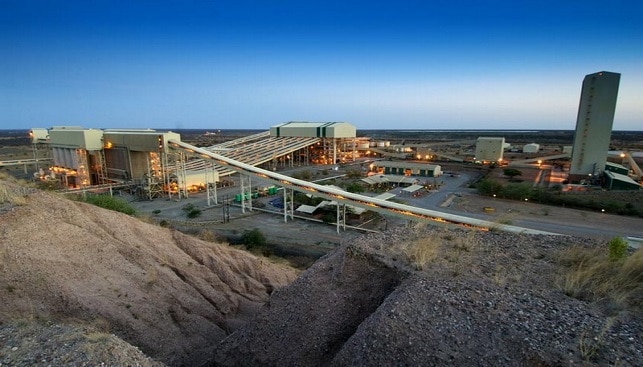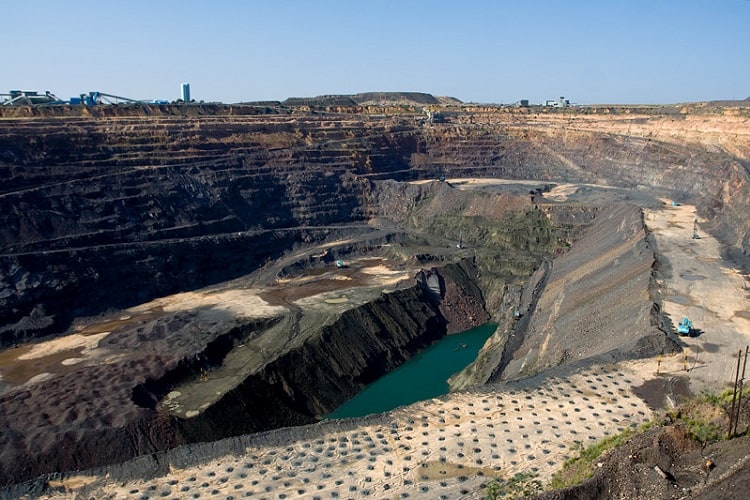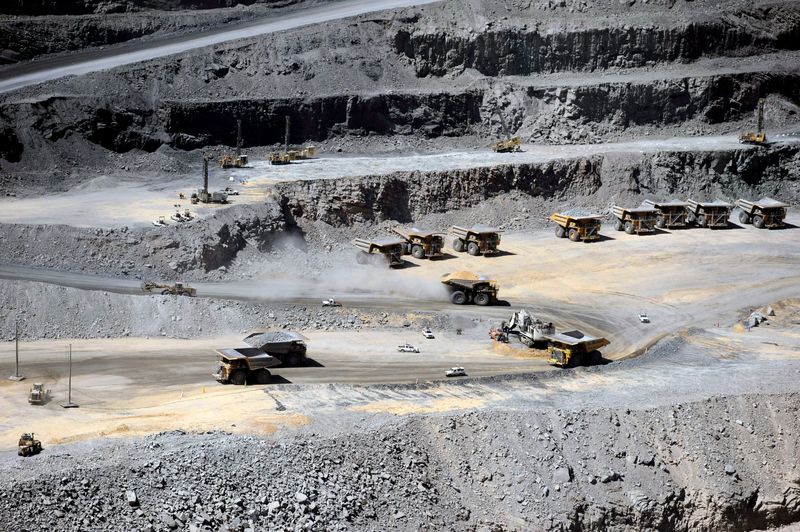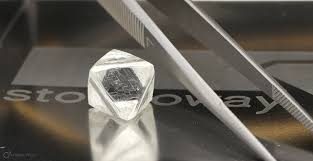The question of how to tackle the hardships facing informal diamond miners is as pressing today as it was when it first arose nearly 20 years ago.
It was first touted as an issue that perhaps the Kimberley Process (KP) could incorporate into its mission. But the KP was not equipped — or mandated — to meet the challenge, even if the sector represented an Achilles heel for a body tasked with facilitating the cross-border trade of responsibly sourced rough.
Instead, the Diamond Development Initiative (DDI) formed, taking a developmental approach to advancing artisanal miners. Since its inception, the DDI’s goal has been to create an infrastructure that allows these miners to sell their diamonds through legitimate means, get a fair price for them, and make a sustainable living.
Operating primarily, though not exclusively, in Sierra Leone and the Democratic Republic of the Congo (DRC), the organization’s work includes enabling community development; engaging with governments to formulate policies; organizing miners into cooperatives; providing professional training; and running initiatives to raise the diggers’ income, such as introducing them to new buyers.
Typically, the diggers work for less than $2 a day. With such low income, they’ve historically been incentivized to sell their diamonds on the black market, where the stones may be smuggled across the border, mixed with other goods, given a KP certificate and sold on the global market.
With an estimated 1 million to 1.5 million people working in the sector across 15 countries in Africa and three in South America, the DDI has spent much of its time registering miners in its systems and educating them on how they can benefit from working through its channels.
The organization achieved a significant milestone in April last year when it launched the Maendeleo Diamond Standards, a certification system designed to connect artisanal and small-scale diamond miners with responsible supply chains.
The standards include training on legal issues, community engagement, human rights, health and safety, ways to ensure violence-free operations, environmental management, interactions with large-scale mining, and navigating a site closure.
Clearly, given the scope of the artisanal mining sector, challenges remain. The DDI has had limited resources to pursue its goals and expand its reach.
In that context, the group announced in late July that it had merged with Resolve, a much larger non-government organization (NGO) engaged in addressing social, health and environmental issues. Being part of Resolve will give the DDI additional resources, such as administrative support for the work it wants to carry out, explained DDI founder and chairman Ian Smillie, who is joining Resolve’s board of advisers along with DDI vice chair Stephane Fischler. The group will be a division within Resolve and go by DDI@Resolve, with DDI executive director Ian Rowe at the helm.
The merger was born of the realization that the vast number of initiatives out there advocating for artisanal miners — not just in diamonds, but also in minerals such as gold, cobalt, tin, tantalum and tungsten — could lead to confusion. With NGOs, private companies, and government agencies all approaching donors and policy-makers to get support for their programs, the messaging could get muddled, Smillie explained. A pooling of resources would make for more efficient processes and a better outcome for the artisanal mining community.
Another example in July was De Beers’ GemFair program partnering with the Deutsche Gesellschaft für Internationale Zusammenarbeit and the Mano River Union — a cross-border association comprising Sierra Leone, Liberia, Guinea and the Ivory Coast — to develop training in those four countries. Efforts like these have become especially important in the Covid-19 environment, where diamond demand has slumped to historic lows.
While the pandemic has halted activity in the DRC, Sierra Leone has been better able to manage due to its experience with the 2014 Ebola outbreak. But like the rest of the trade, artisanal miners need to think beyond Covid-19 and make sure the right systems are in place to facilitate sales when demand returns. That challenge is especially difficult for these miners, who rely on the DDI’s guidance to gain access to the global diamond market. Hopefully, Resolve will help broaden the DDI’s scope. And as activity scales up, it will be up to the greater jewelry industry to support this important part of the global diamond community.
Source: Diamonds.net










